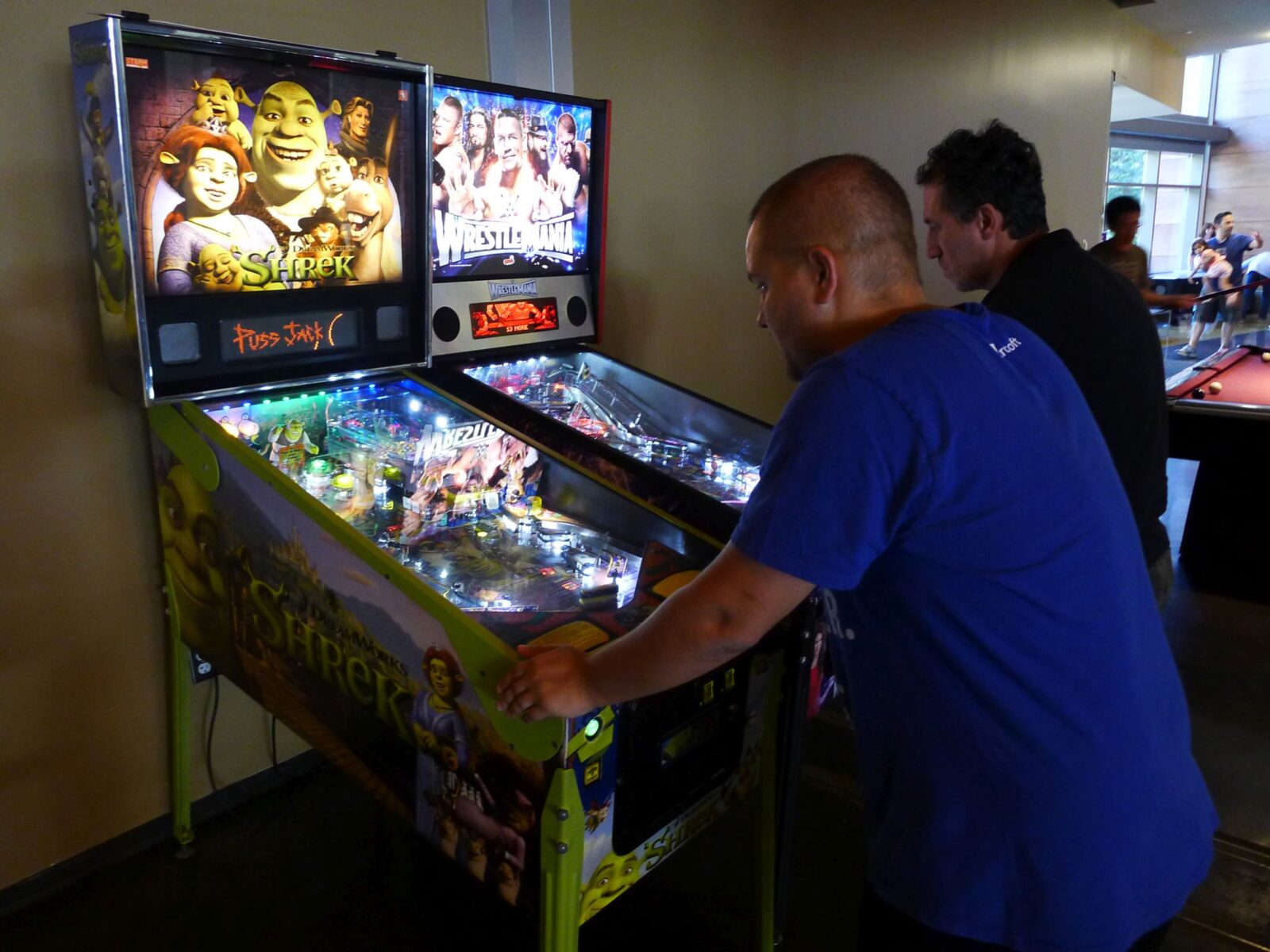IMAGINE this. Someone in Rio de Janeiro designs a stunning dress. You live in Ipoh and input your vital statistics into a computer. A seamstress near you then sews up that same dress, to fit you perfectly.
This was the student project declared the overall winner at the Microsoft Imagine Cup world championship. The team from Brazil, called eFitFashion, spent three years developing the algorithms that automatically customise the patterns on their online platform called Clothes For Me.
“It’s expensive to get a tailor to make clothes. But we have simplified the process,” said team member Bianca Letti. “You just need to choose a design. Then do a few simple measurements on your body. And any seamstress around the world can sew this up for you. We want to democratise fashion!”
They’ve patented the technology, formed a startup and are now pitching investors on the concept.
“This is obviously going to take off,” said Alex Kipman, the Microsoft technical fellow who was one of the three judges for the last round.
The winner for the Imagine Cup World Citizenship category (projects to help society) was Virtual Dementia Experience, created by a team from Swinburne University, Australia (www.facebook.com/OpaqueMM). I donned the a headset and entered a different world, where the carpet was crawling with “ants”, the floor was slick with “water” and the walls were “fluttering”.
Team member Chris MacKenzie explained: “When we use certain designs of carpets and wall paper, this is what people suffering from dementia and Alzheimer’s will ‘see’. We hope this will help care givers and interior designers understand their needs better.”
The runner-up in the World Citizenship category has special relevance for Malaysia’s battle with dengue fever. Team Mozter from Singapore’s Temasek Polytechnic have created a mosquito monitoring platform leveraging on cloud-based technologies.
Instead of the slow, old method of manually collecting mosquitoes from traps and then analysing them visually in the lab, their method instantly sends data on what species of mosquitoes are entering the traps by recording the wing frequencies of mosquitoes – different species flap their wings at different speeds – with a laser sensor. The data is then sent to health control officers.
“So instead of doing mass fogging, more targeted means of control can be used, based on what mosquitoes are recorded,” explained team member Kirk Yeo.
Each sensing unit costs US$70 (RM285) now and design work is underway to make it water and theft proof.

Championing children’s education
Education director-general Datuk Dr Habibah Abdul Rahim speaks on the importance of empathy-based education, the challenges of adapting education policies in light of the Covid-19 situation, and her “dream” education system.
I lost my mother to the Japanese war
Whenever Allied planes bombed Sandakan town as part of its campaign to liberate Borneo, Daniel Chin Tung Foh’s grandfather would rush the whole family into a bomb shelter behind their house. During its heyday, the British North Borneo Company had developed Sandakan into a major commercial and trading hub for timber, as well as […]
A witness to the Double Tenth revolt
Chua Hock Yong was born in Singapore, but his grandfather moved the family to British North Borneo (now Sabah) to establish their business in 1939 when he was a year old. The Japanese invaded Borneo shortly after, but the family continued living in their shophouse in Gaya Street, Jesselton, now known as Kota Kinabalu. […]
An encounter with victims of the Sandakan Death Marches
When the Second World War came to Borneo, Pelabiu Akai’s mother moved the family back to their village in Nalapak, Ranau. Although the Japanese were known to be ruthless and brutal conquerors, they left the villagers to their own devices and Pelabiu had a largely uneventful life – until she came across gaunt-looking Allied […]
Sarawak’s only living child prisoner of war
Jeli Abdullah’s mother died from labour complications after giving birth to him and his twin brother. To his Bisaya tribe, this was seen as a bad omen, and his father did not know what to do with the twins. Fortunately, an Australian missionary couple decided to adopt the newborns. But misfortunate fell upon the […]
Lest we forget
AFIO Rudi, 21, had never thought much about his grandfather Jeli Abdullah’s life story until an Australian TV programme interviewed the 79-year-old about being Sarawak’s last surviving World War II child prisoner of war (POW). The engineering student then realised that despite living in Sarawak all his life, he also didn’t know very much of […]
A native uprising against Japanese forces
Basar Paru, 95, was only a teenager when his village in the central highlands of Borneo was invaded by the Japanese Imperial army. “The Japanese told us not to help the British. They said Asians should help each other because we have the same skin, same hair,” Basar recalled. “But we, the Lun Bawang […]
Left behind in wartime chaos
Kadazan native Anthony Labangka was 10 years old when the Japanese Imperial Army invaded Borneo during World War II. Sitting in the verandah of a modern kampung house on a hot afternoon in Kampung Penampang Proper, where he has lived his whole life, Anthony recalls the hardships of the Japanese Occupation. The villagers were […]

R.AGE Audience Survey 2019 + Office Tour contest
Want to be in the running to meet R.AGE producers and journalists? Take part in our R.AGE Audience Survey 2019 by Feb 17, 2019!

The Hidden Cut
Female circumcision is a very common practice in Malaysia, but the procedure is still almost completely unregulated.

#TeamSatpal: Turtle-y in Trouble
The 21st century brings unseen threats to local turtle conservation efforts.

#TeamMayLee: The Point of Being Malaysian
In a modest village situated on the sandy shores of Terengganu, the production of ikan bilis has formed the livelihoods of most families for multiple generations.

